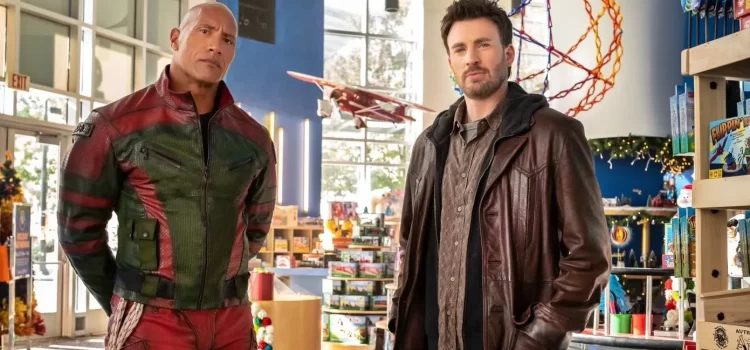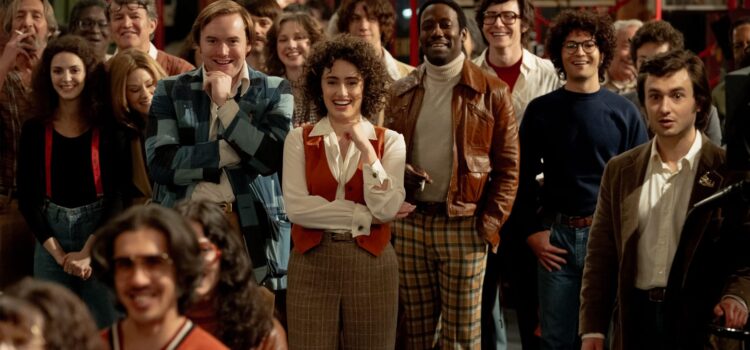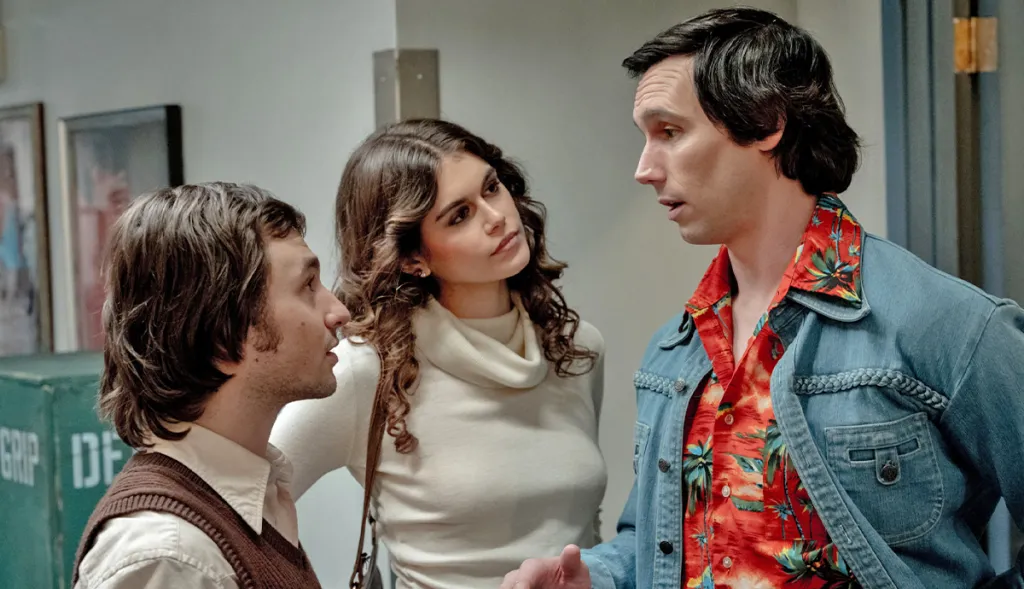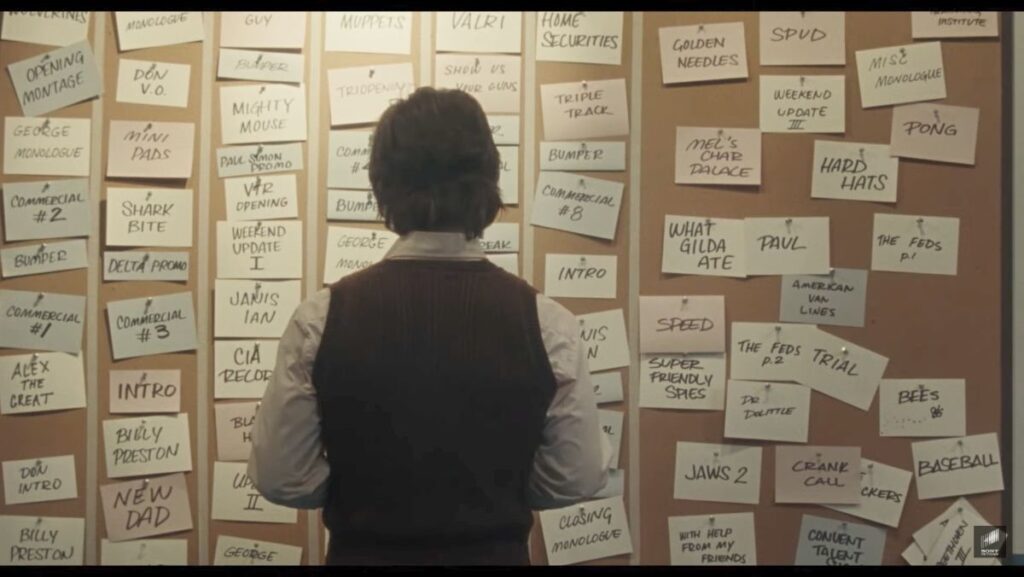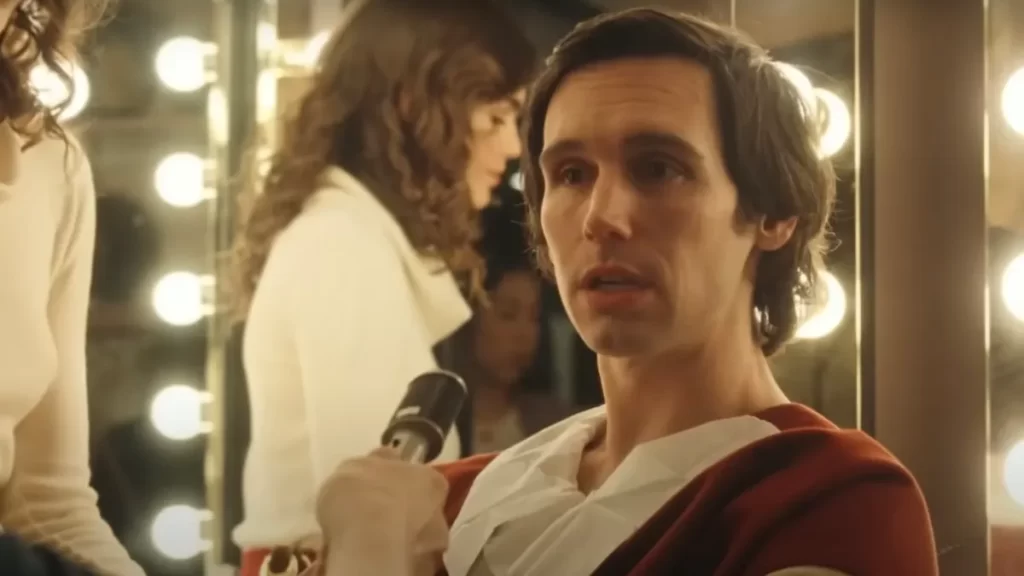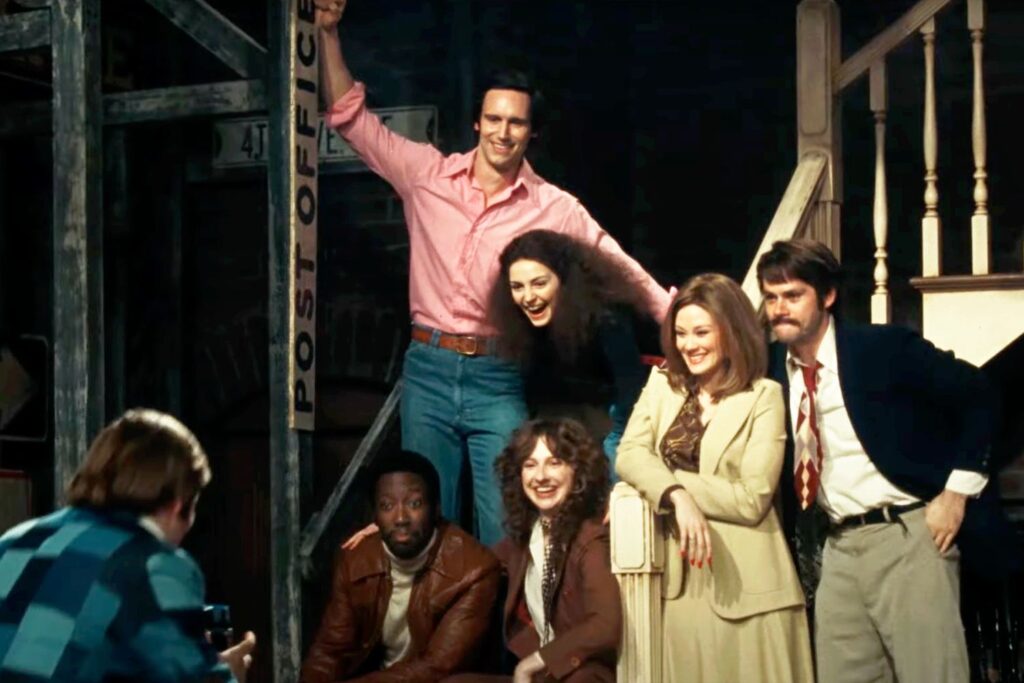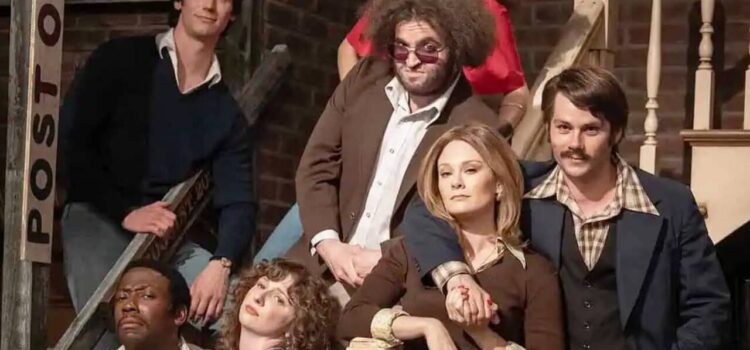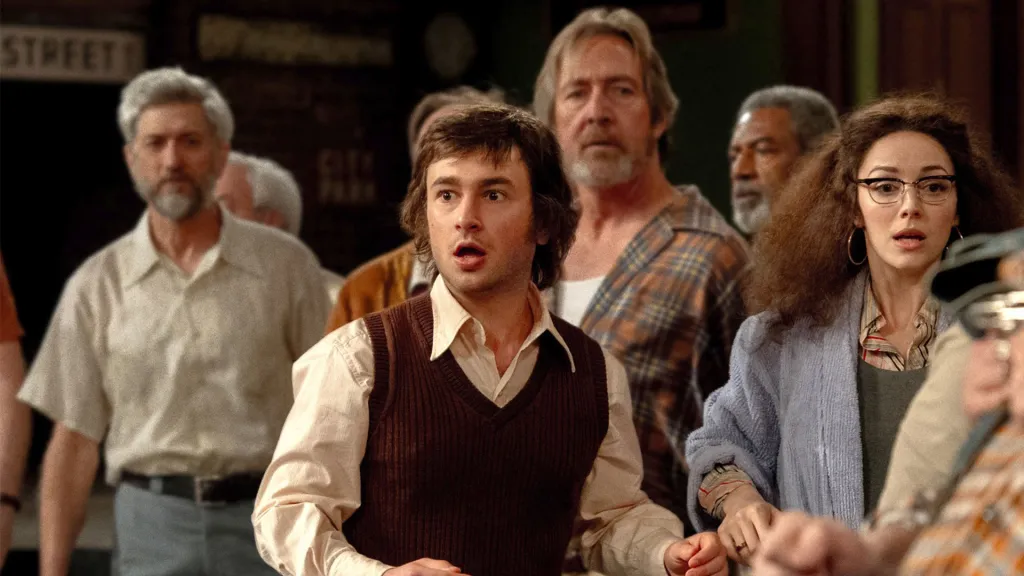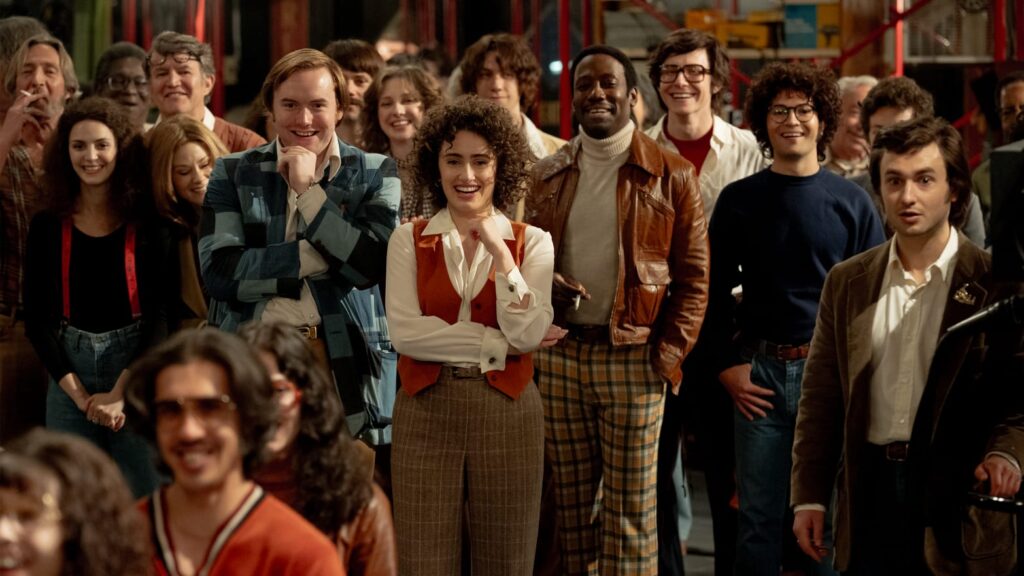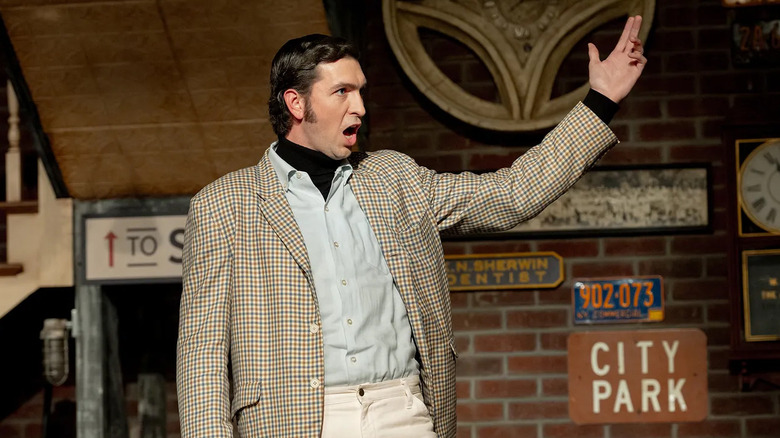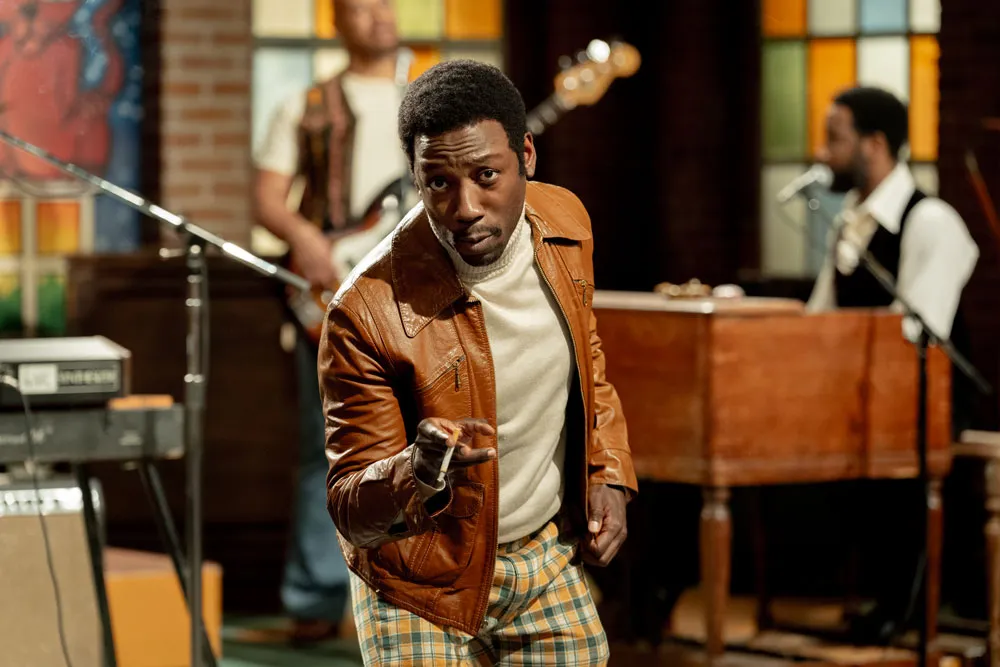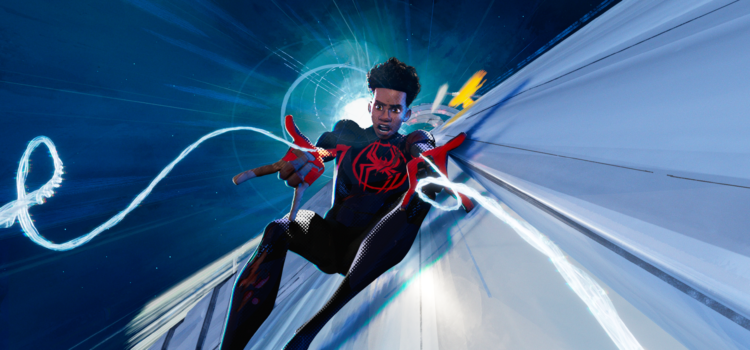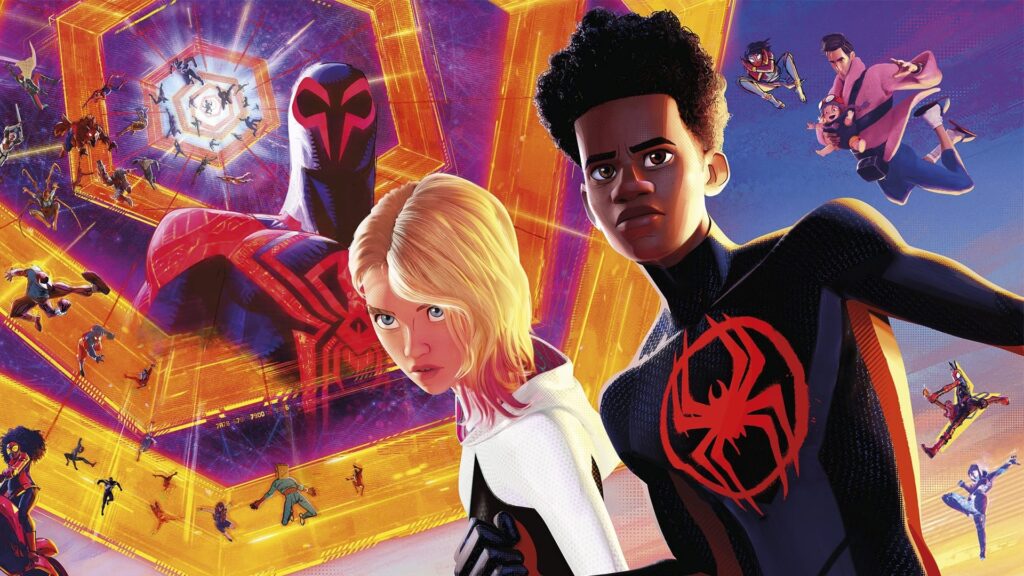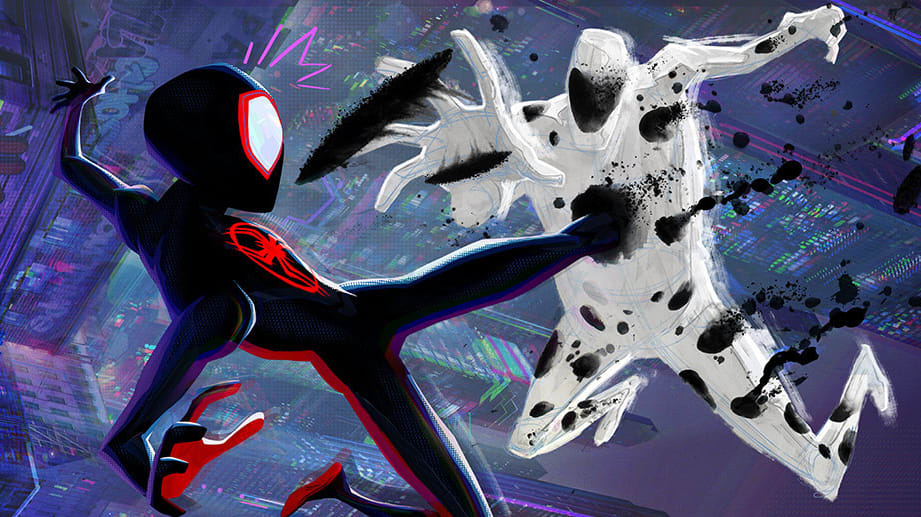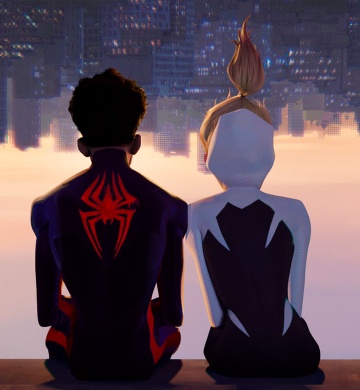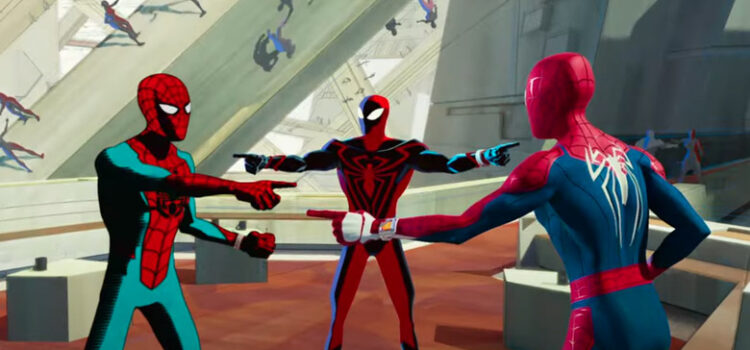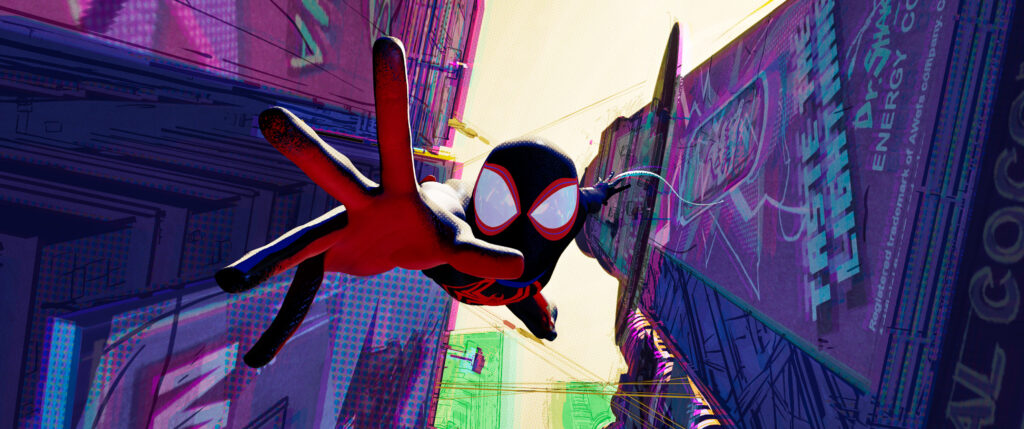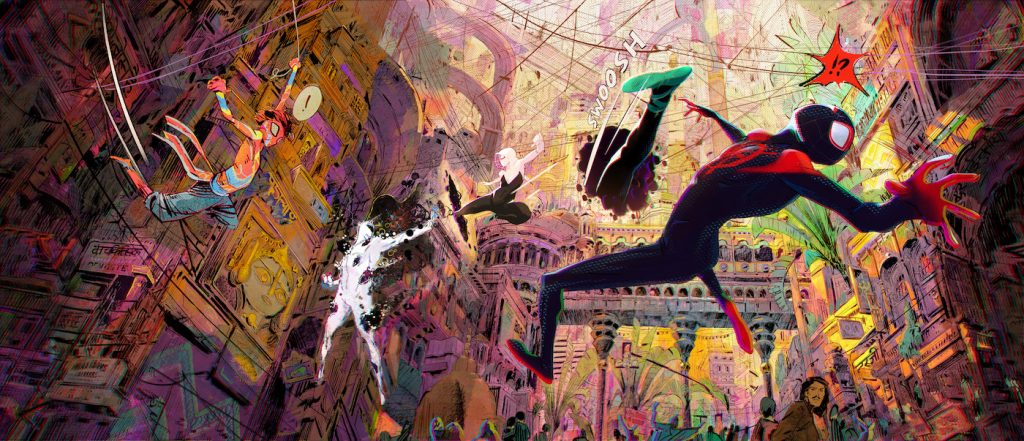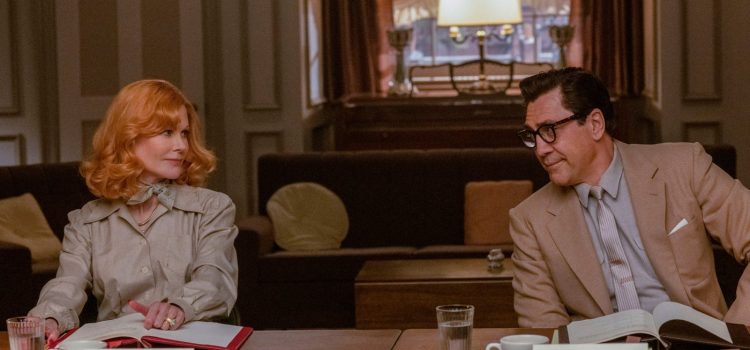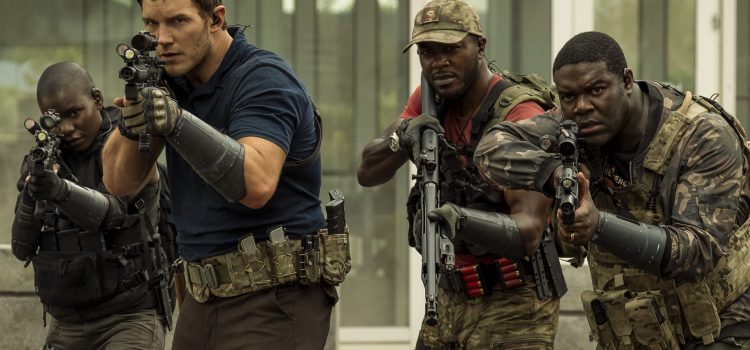By Lynn Venhaus
Whatever the imaginary magical Christmas feeling we crave to experience every year at this time, we seek it out in holiday traditions, seasonal foods, songs and movies – whether fantasy or funny.
Granted, most holiday movies are a license to print money. A certain greeting card company’s cable television channel churns out cheery Christmas fare for days on end starting when leaves are still on the trees.
Make no mistake, commerce-driven craftsmanship is manufacturing all the warm and fuzzy, and none of the emotions “Red One” is trying to elicit are earned. This poorly executed family fare will live on eventually streaming on Amazon Prime video. Its clash of tones is irritating, but nevertheless, there are elements that can make either the naughty or nice list.
When a villain kidnaps Santa Claus (JK Simmons) from the North Pole, an E.L.F. (Extremely Large and Formidable) operative (Dwayne Johnson) joins forces with the world’s most accomplished tracker (Chris Evans) to find him and save Christmas.
With an abundance of twinkly tinsel, the slickly made fast-paced fantasy action comedy is the latest attempt to please both adults and children alike – and it is likely to be a major crowd-pleasing hit, if the preview audience’s reaction is any indication.
However, upon critical analysis, it’s an overstuffed stocking too big for hanging on the mantel because it sags with extra weight.
“Red One” is altogether too much – aggravating over-the-top computer-generated images (CGI), big beefy actors going through the motions imitating standard characters, derivative storylines from better films, and an overload of shiny distractions. The film cost $250 million to make. And it’s 2 hours and 3 minutes’ long.

The goal is to thwart gigantic gnarly shape-shifting evildoers to save Christmas. Sure, let’s scare the little kids in between the holly and jolly.
With parts both dark and light, weird and wonderful (who wouldn’t want to live and work in Santa’s extravagant futuristic village?), and an occasional sliver of charm and good humor, “Red One” tries to be all things to everyday people, like an all-you-can-eat buffet pre-global pandemic where the budget cuts of meat are over-sauced.
You might have seen the bounteous plot strands before: derelict dad learns the meaning of Christmas after bonding with the son he chose to neglect—reminiscent of “The Santa Clause” from 1994 starring Tim Allen; a Santa Claus kidnap plot in “The Christmas Chronicles” from 2018 starring Kurt Russell; a wintry North Pole wonderland looking like “The Polar Express” with touches of “Elf”; animals out of “Narnia,” and an assortment of ne’er-do-wells, cretins and bad behavior a la “Bad Santa,” “A Christmas Story” and “Jingle All the Way.”
And that’s only the tip of this iceberg. “A miniature sleigh and eight tiny reindeer”? Ha! Santa’s sleigh is souped-up, a marvel of technology that could have been crafted by NASA scientists. The “eight tiny reindeer” that Clement C. Moore wrote about in his “Twas the Night Before Christmas” poem are huge hulking beasts.
JK Simmons created a fine Father Christmas, a good ol’ sincere Nick, who doesn’t have a round belly that shakes like a bowlful of jelly because he’s fit as a fiddle. He works out so he can visit every single home around the world in one night – and sample the cookies left for him. But because he is being held hostage for most of the film, we only experience his delightful performance as bookends.
In a crazy conflict, his adopted brother is Krampus (Kristofer Hivju). This subplot is where it turns nasty and gross, for the mythology surrounding the horned figure is as a punisher of the bad kids.
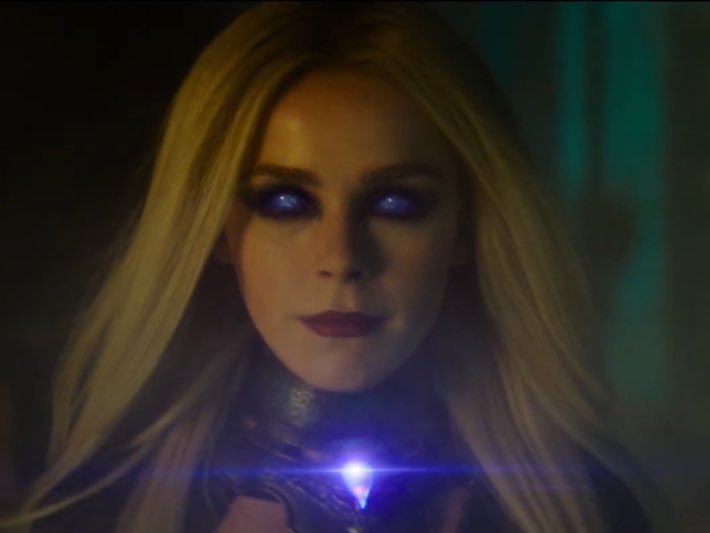
The mastermind of the nefarious plot is Gryla, a witch who’s got a bee in her bonnet about how the naughty kids don’t really receive the consequences they deserve. She is played, with a lot of CGI enhancement, by Kiernan Shipka, best known as Sally Draper on “Mad Men.” Here she wears glossy dark lipstick and has an ominous magnified voice.
It’s a ridiculous premise, written by Chris Morgan, who is responsible for three “Fast and Furious” franchise scripts that I thought were written by chimps, and Hiram Garcia, who wrote one episode of “Young Rock” and produced two “Jumanji” movies directed by Jake Kasdan, who was at the helm here.
Kasdan is known for broad satire and has missed the mark before in the raunchy “Bad Teacher” and goofy “Walk Hard: The Dewey Cox Story.” This mash-up is just bizarre, devoid of any genuine sentiment, like a chase-based videogame being played while a fake fireplace is on the television screen. Let’s go to a tropical island with babes in bikinis and attacking snowmen — and Nick Kroll as a bad guy!
Among the vacuous thinly developed characters is Jack O’Malley played by Chris Evans, in selfish cad “Knives Out” mode. A revered hacker and tracker who is supposed to be a legend in the high-tech espionage world despite being a scoundrel in real life. He does have a few earnest moments with Wesley Kimmel, who plays his son Dylan (and is a nephew of Jimmy Kimmel).

He’s enlisted to help the very serious Callum Drift, who is Santa’s head of security – of course, it’s Dwayne Johnson in a role he could do sleepwalking. Do not expect a bromance.
Totally wasted is Lucy Liu as a director who oversees the elaborate Santa compound, and the marvelous Bonnie Hunt as Mrs. Claus. Their screen time is as miniscule as a funny bit with real trolls working the cyber-security detail.
Naturally, filmmakers pepper the soundtrack with some snappy Motown-type versions of Christmas classics, distracting from the movie’s flaws with jingly bells.
Everything is wrapped up in a big red bow. For some viewers, “Red One” is a pleasant holiday movie. For others, it’s time to let out a cranky ‘Bah, Humbug” and turn to a comforting old favorite.
“Red One” is a 2024 action-comedy-fantasy movie directed by Jake Kasdan and starring Dwayne Johnson, Chris Evans, JK Simmons, Kiernan Shipka, Kristofer Hivju, Nick Kroll, Lucy Liu, Bonnie Hunt and Wesley Kimmel. It is rated PG-13 for action, some violence, and language, and its runtime is 2 hours, 3 minutes. It opened in theaters Nov. 15. Lynn’s Grade: C-.


Lynn (Zipfel) Venhaus has had a continuous byline in St. Louis metro region publications since 1978. She writes features and news for Belleville News-Democrat and contributes to St. Louis magazine and other publications.
She is a Rotten Tomatoes-approved film critic, currently reviews films for Webster-Kirkwood Times and KTRS Radio, covers entertainment for PopLifeSTL.com and co-hosts podcast PopLifeSTL.com…Presents.
She is a member of Critics Choice Association, where she serves on the women’s and marketing committees; Alliance of Women Film Journalists; and on the board of the St. Louis Film Critics Association. She is a founding and board member of the St. Louis Theater Circle.
She is retired from teaching journalism/media as an adjunct college instructor.

